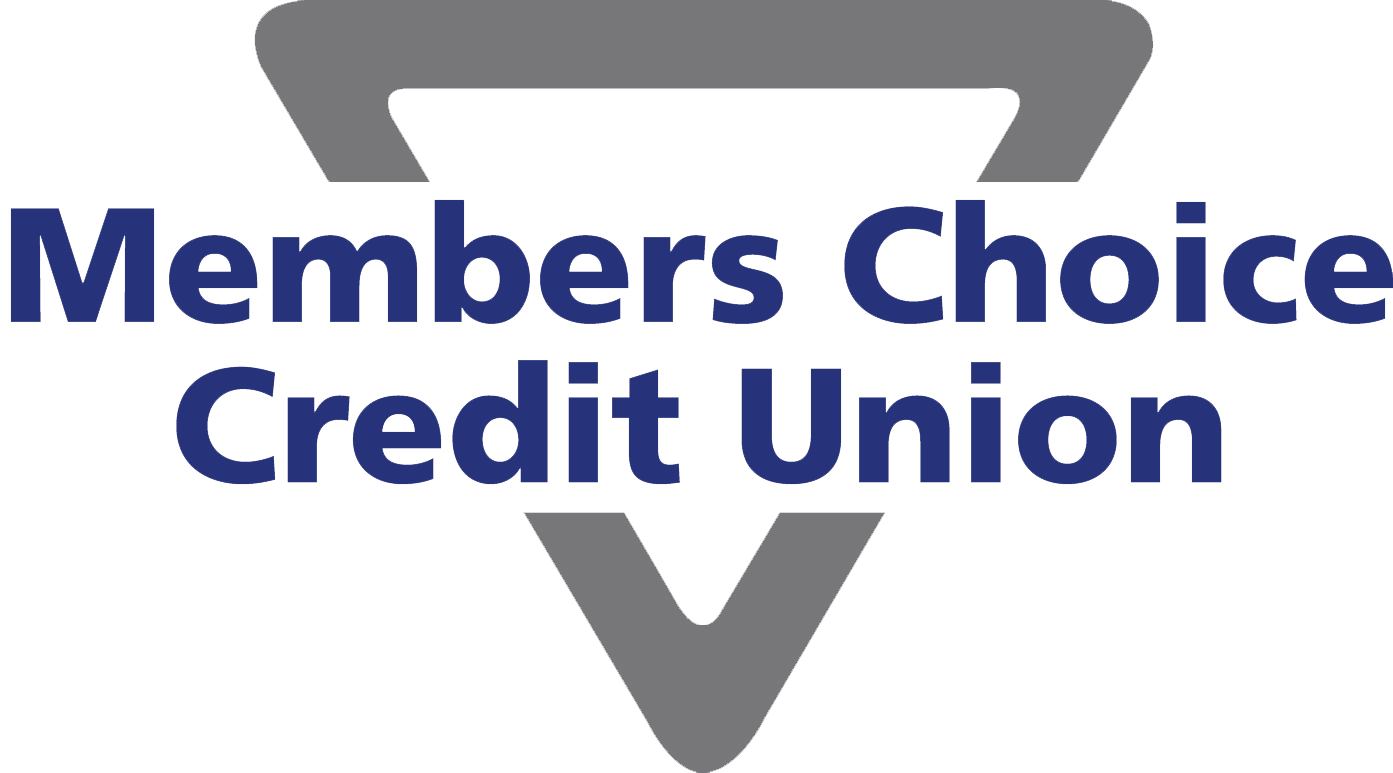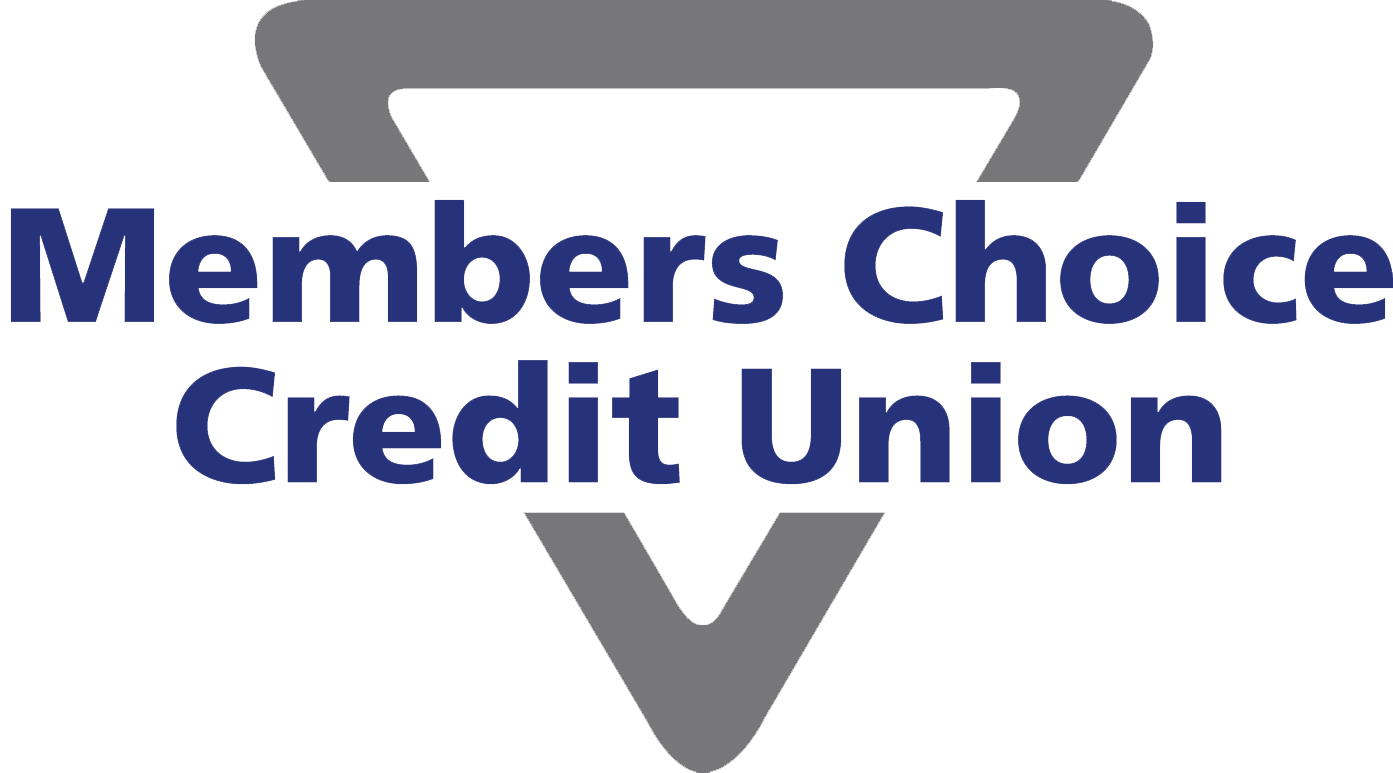IRA 101
If you want to get a jump start on your retirement, an IRA (Individual Retirement Account) is a great way to do so. Whether you aren’t covered by an employee plan at work or you just want to make sure you are setting a little extra aside to ensure you can retire comfortably. It is never too early to start saving.
What is an IRA?
An IRA, as its name suggests, is an account in which you put away money for your future retirement. Depending on the type of IRA you want to have, you will be able to grow your future retirement either tax-free or tax-deferred. To explain what both of those mean, let’s look at two main types of IRAs: Traditional and Roth.
Traditional IRAs Offer Tax-Deferred Savings Growth
With a traditional IRA, the earnings from the deposits (contributions) you make into the account are tax-deferred. This means you pay taxes on your savings and earnings when you withdraw the money at a later date (ideally, when you retire). The contributions you make into the account are pre-tax. So, at tax time, if you’re eligible, you can deduct the total amount deposited from your earned income, so you owe less in taxes now.
Roth IRAs Offer Tax-Free Savings Growth
With a Roth IRA, you can’t deduct your savings from your income the year it is contributed. However, when you retire, you won’t have to pay taxes on the money you withdraw. Your contributions into the account are post-tax; meaning, you’ll pay income tax on the money you put into the account, but any growth you earn from that money is tax-free. Think of it this way: Traditional IRA = pay taxes later; Roth IRA = pay taxes now.
Which IRA is right for you?
The general rule of thumb is if you’ll be in a higher tax bracket when you retire, it might be beneficial for you to invest into a Roth IRA. If you’re in a higher tax bracket now, it could be more beneficial for you to go with Traditional. Obviously, you can’t be 100% certain about the future, so many investors suggest you keep a diversified retirement plan. Since not all retirement plans or individual situations are the same, it’s always good to talk with a trusted financial advisor about what options would work best for you.
Getting started
With some exceptions, most people between the ages of 18 and 70 with earned income can open a new IRA. However, the government limits the amount of money you can contribute each year. The standard limit is $5500 annually with an additional $1000 allowed as a ‘catch-up’ contribution each year if you are older than 50.
Individual Retirement Accounts are an excellent way for you to save and grow your hard-earned money. Any income you earn from interest can compound each year without taxes nipping away at your savings. You can also escape taxes on either the money you contribute initially or on the money you withdraw in retirement, depending on which type of IRA you choose. Even with the contribution limits, opening an IRA is a wise choice for anybody who wants to prepare for their future. Members Choice has a vested interest in both you and your family’s retirement, so please feel free to call or stop by and discuss options with us.





